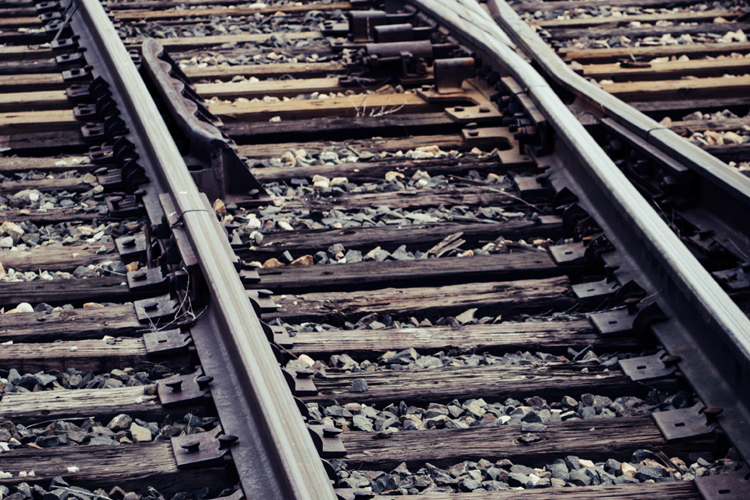
How Often Do Railroad Tracks Need to Be Replaced & Tips for Track Maintenance
The weight of a train exerts a constant substantial force on the railroad tracks. Environmental factors also have an impact on the health of the tracks. Over a period of time, many damages occur which cause the railway tracks to become unusable, unusable, and in need of railroad replacement or maintenance. In this article
The most common damages which will require a Midwest railroad contractor for railroad track replacement include:
- Rail Creep: When the wheels of a train run along the tracks or rails, they generate various forces e.g. vertical force, longitudinal horizontal force, and lateral force. The longitudinal force is what causes the rails or tracks to move along the sleepers. It’s what’s called a rail creep. The outcome of creeping in rails is typically an unequal size of space between railway tracks, and in extreme circumstances, dislocation of the rails themselves. As such, the sleeper can also experience skewing, which will result in significant damage to the line, which will then lead to a weak rail structure and will put the safety of the track at risk.
- Rail Damage: Uneven surfaces along the rails are the primary indicators that there is damage to the rails. The changes in dimensions and conditions of a track are often caused by poor railroad quality, construction deviation, design errors, and wheel-rail effects e.g. vehicle load, crawling, and speed.
- Joint Damage: Rail joints are important as they hold together a rail or track’s adjoining ends in the proper position both in vertical and horizontal planes. It’s the weakest component of a railroad track, which is why it’s also prone to damage.
- Ballast Degradation: The force of an axle load causes the ballast to deteriorate, and fines fill the spaces that are created when the stones of the ballast are displaced. The fines accumulate mostly underneath the sleepers which begin to do so at the formation surface and work their way down towards the base or foot of the sleepers. The condition known as fine-contaminated ballast develops when the layer of ballast becomes polluted with fines that originate from a variety of sources. The performance of the ballast can be diminished from fine contamination. It will impede drainage, decrease track stiffness, and increase track settlement.
All these require the expertise of a seasoned Midwest railroad replacement contractor to resolve. Damages to railway lines not only disrupt the normal operations of trains but also put passengers’ lives at risk. It is crucial to examine, establish, and implement railway track maintenance systems in order to ensure good railway track conditions.
Maintaining railway tracks with the help of a Midwest railroad contractor can also prevent economic losses which are caused by the disrepair of railway tracks. Regular railway track maintenance can further extend a track’s service life and ensure that all components are in good running condition.
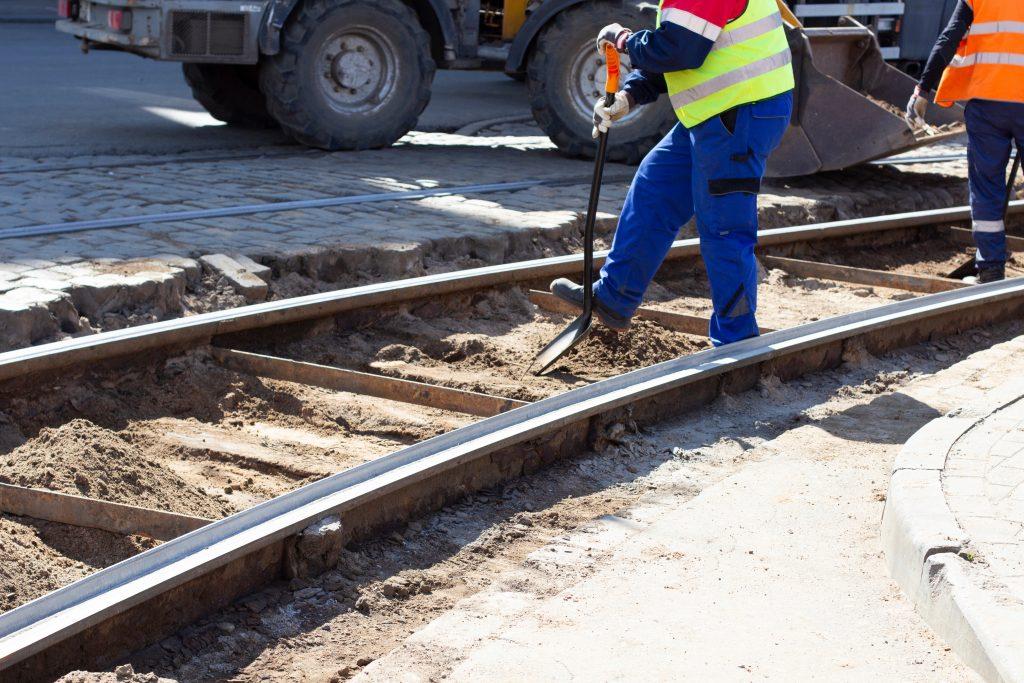
Railroad Track Replacement Tips & How to Maintain Railroad Tracks
There are different methods to maintain the condition of railway tracks and prolong their service life.
The proven and tested ways include:
Allocate Resources for Rail Grinding
Grinding the rails is widely regarded as the single most cost-efficient and effective preventative maintenance procedure for minimizing the negative effects of the rolling contact fatigue, for profile restoration, and for getting the most value out of the rail asset.
Rail grinding done by a Midwest railroad replacement contractor can extend the life of rails, offer fuel savings, reduce surfacing cycles, extend the service life of component tracks, increase axle loads, increase train speeds, and improve passenger comfort and ride quality.
Schedule Routine Rail Replacement
When properly maintained by a Midwest railroad contractor, a modern running track has the potential to last for almost 30 years after its construction.
It may be difficult to recognize the signs of deterioration in rails because they appear to last an entire lifetime. However, it’s possible that facility maintenance staff could miss some of the subtle cues that indicate rail replacement is overdue.
This is why it is good practice to schedule a rail replacement after 20 to 30 years rather than waiting until issues arise.
Perform Ballast Injection
Ballast offers the railway sleepers a bed that is leveled out, as well as sufficient support. The weight is transferred from the sleepers in order to subgrade and evenly distribute the load. As trains pass by, ballast maintains the sleepers in their position.
Because the ballast can degrade or get contaminated; ballast injection has to be done by a Midwest railroad contractor.
The process introduces more stones onto an existing ballast bed or surface and leaves the compact and stable ballast bed undisturbed.
Bonus Tip: Tamp, Tamp, Tamp!
Tamping is performed to correct the track’s alignment, cross-level, and/or longitudinal profile. Sleepers are lifted in order to fix the level and vibrating and oscillating tamping tines are inserted into the ballast. Tamping involves the use of a ballast tamper or tamping machine.
Hire Most Trusted Midwest Railroad Tracks Contractor: R&S Track Inc.
The vagaries of the Midwest’s climate, constant vibration, and wear and tear, present a huge challenge to a network. Regular railway track maintenance carried out by professionals such as RS Track Inc. is necessary. We specialize in railroad track replacement.
At RS Track Inc., the service life of an older track can be prolonged, costly delays are avoided, fuel consumption is significantly reduced, and closure and disruptions are minimized. For a clear and safe operation, contact us at RS Track Inc. today!

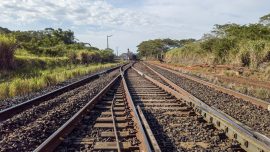
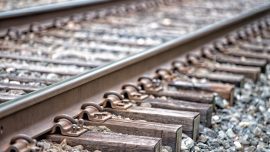
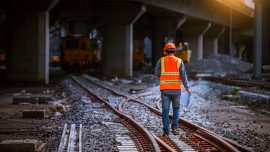
0 comments
Write a comment